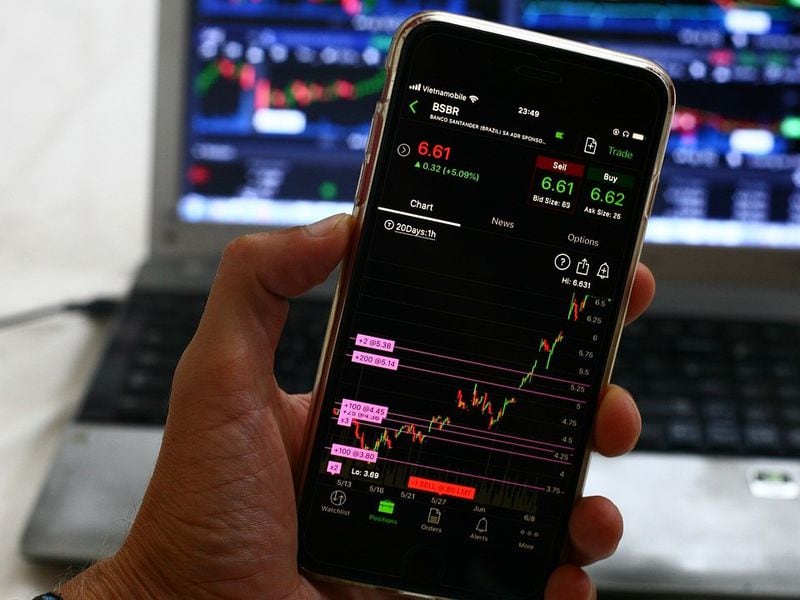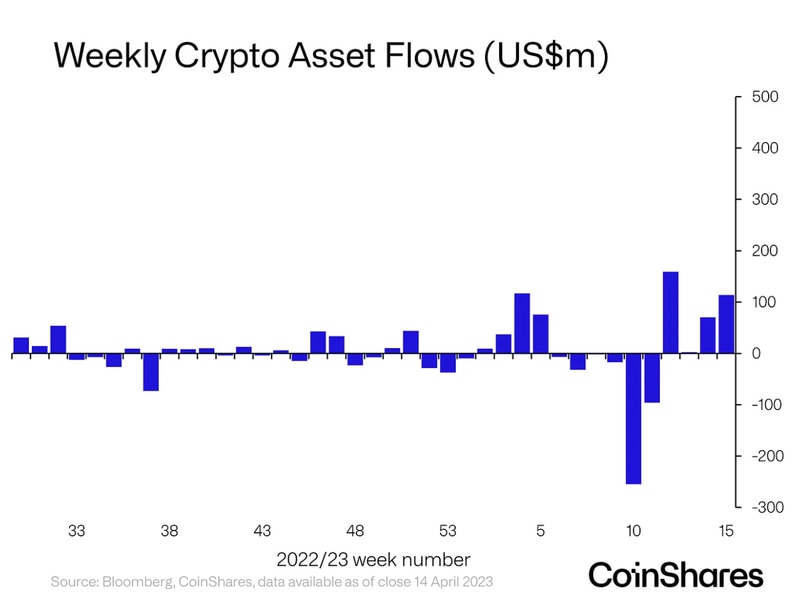Banks Have Come to the Metaverse
It may not be the buzzword it once was among the tech set, but the metaverse has begun to get attention from financial institutions. With a user base and audience that are young, tech-savvy and in the early stages of their financial lives, metaverse applications offer banks unique opportunities to build relationships with a digitally native and growing consumer base that has long embraced fintech. It’s also important for banks to be able to tap into this pool of talent for future hiring.
The metaverse can be broadly defined as a blockchain-fueled, all-encompassing virtual world that offers new human and socio-cultural experiences. It epitomizes decentralized and immersive social experiences that often involve virtual reality (VR) and augmented reality (AR), opening up an entirely new set of opportunities for social interaction. No single company or application defines the metaverse, and users can use a single, portable identity among metaverse apps.
Leading institutions in TradFi from different parts of the world have begun to set up shop in the metaverse. JPMorgan arrived in Decentraland under the brand Onyx, which, according to the company, is “a blockchain-based platform for wholesale payment transactions.” In March last year, HSBC announced the purchase of land on The Sandbox to engage with clients and offer them novel experiences through emerging platforms.
Kookmin and DBS, two banking giants from Asia, have also entered the metaverse and begun offering various services. South Korea’s Kookmin Bank has its own native metaverse-based financial services as well as one-on-one customer service. It also plans to include employee training and financial education for young consumers. As for DBS, Singapore’s biggest bank, it purchased a large plot of land on The Sandbox to develop interactive experiences aimed at promoting a more sustainable world. According to the bank, the partnership is part of efforts to explore the potential of Web3 opportunities and spread awareness on important ESG issues.
In Canada, incumbent financial institutions TD and RBC are conducting metaverse pilot programs to understand the technology and stay ahead of the game to be able to offer immersive services effectively to their customers. TD’s program this year ran from January to April, which included pilots in customer experience.
Preparing advisors for Web3 financial services
The above dynamics in the banking sector go beyond virtual awnings and buying pixelated land.
Banks are taking measures to prepare their financial advisors and wealth managers for Web3-based financial products. This includes metaverse ETF and metaverse index products, fueled by the growing market capitalization of metaverse tokens and a shift to investing in digital assets by millennials, Gen X and Gen Z clients.
Underlying these dynamics, a report by Capgemini entitled “Wealth Management Top Trends 2023” revealed that 70% of high-net-worth individuals (HNWIs) globally have invested in digital assets, including more than nine out of 10 HNWIs younger than 40 choosing cryptocurrencies as their favored asset class to invest in.
The impact of the metaverse on the financial services sector is a representation of the next evolutionary stage in banking and capital markets. This is manifesting as advisors taking measures to educate themselves about a wide range of cryptocurrencies beyond the two most influential assets: bitcoin and ether. Many advisors feel the need to educate themselves to provide access to this new asset class, and the industry is adapting to serve this need with the development of digital asset education and curricula.
As advisors become more savvy about digital assets, the question isn’t just what’s in your wallet or even your digital wallet — but how much of it is in the metaverse?
Edited by Pete Pachal.









